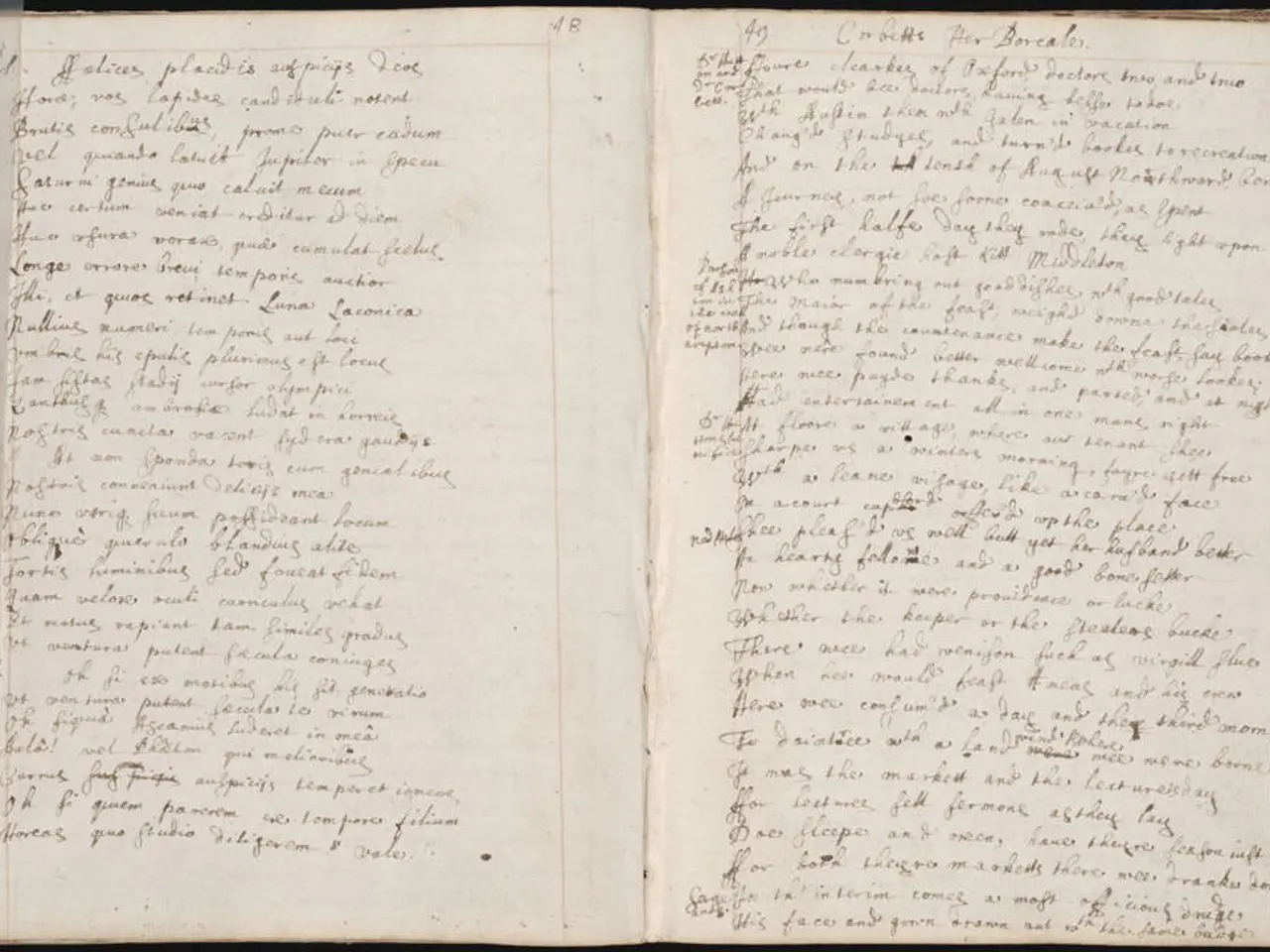Understanding Demographics: Understanding Your Audience / Understanding Yourself
=====================================================================================
In the world of book publishing, knowing your target audience is more than just a nice-to-have—it's essential. Doug Lewars, a seasoned writer with eight published books to his name, shares insights into this crucial aspect of marketing.
By precisely defining your ideal reader profile and using tailored messaging and platforms, you can reach readers most likely to purchase and enjoy your book. One effective approach is to identify specific demographic details such as age, gender, geographic location, and reader interests. For instance, if you've penned a historical romance set in Scotland, targeting women aged 35-65 in the UK could be a fruitful strategy.
Another valuable technique is creating detailed buyer personas that capture demographics, interests, passions, and purchasing intentions. This allows you to tailor your language, tone, and content to resonate deeply with your audience.
Paid social media ads on platforms like Facebook and Instagram can also be leveraged, as these offer sophisticated targeting based on demographics, interests, behaviors, and psychographics. This enables you to reach new readers who are statistically more likely to engage with your book.
To refine your targeting, consider employing segmentation and experimentation. Start with broader segments and narrow down by adding more attributes. Regularly track and analyze ad campaign performance for continuous improvement.
In addition, professional marketing companies use sophisticated analytics to evaluate potential market share, helping authors make informed decisions about their target audience.
The method for understanding the target audience suggests focusing on genres for which the author has already completed or is working on books, or has a vague interest. Creating a spreadsheet with genres in rows and demographics in columns, and placing an 'X' in cells where there might be interest, can be a helpful tool.
It's also important to remember that choosing a spot on the spectrum between a broad and a limited audience can be crucial for financial success and satisfaction. Aiming for a nuanced group, such as dedicated yoga practitioners with strong preferences who are willing to pay for quality, can result in more effective marketing spend and higher conversion.
Ultimately, by combining these strategies—precise audience definition, tailored messaging, and platform-specific targeting—you can connect directly with readers most likely to appreciate your book while optimizing your marketing resources.
However, it's worth noting that ignoring demographic considerations during marketing can be a waste of time. The goal is to figure out how to reach the target audience in a cost-efficient manner, and understanding the various demographic categories—from age and gender to culture, income level, and interests—can help immensely.
Doug Lewars, in his guest post, emphasizes the importance of this approach, drawing on his own experiences as a writer and his understanding of the publishing industry. His work serves as a valuable resource for authors looking to make the most of their marketing efforts.
[1] Source: https://www.smashwords.com/about/guides/marketing [2] Source: https://www.thebookdesigner.com/2013/08/how-to-create-a-buyer-persona-for-your-book/ [3] Source: https://www.smashwords.com/about/guides/distribution/facebook [4] Source: https://www.thebookdesigner.com/2013/08/how-to-create-a-buyer-persona-for-your-book/ [5] Source: https://www.smashwords.com/about/guides/marketing
In the creative process of writing and publishing a book, understanding the demographic details and interests of potential readers, such as age, gender, geographic location, and reader interests, is crucial for both marketing effectiveness and audience engagement, especially when focusing on a specific genre like a historical romance set in Scotland (education-and-self-development). Developing detailed buyer personas that capture demographics, interests, passions, and purchasing intentions can help authors tailor their language, tone, and content to resonate deeply with their target audience, potentially leading to increased sales (creative process).




